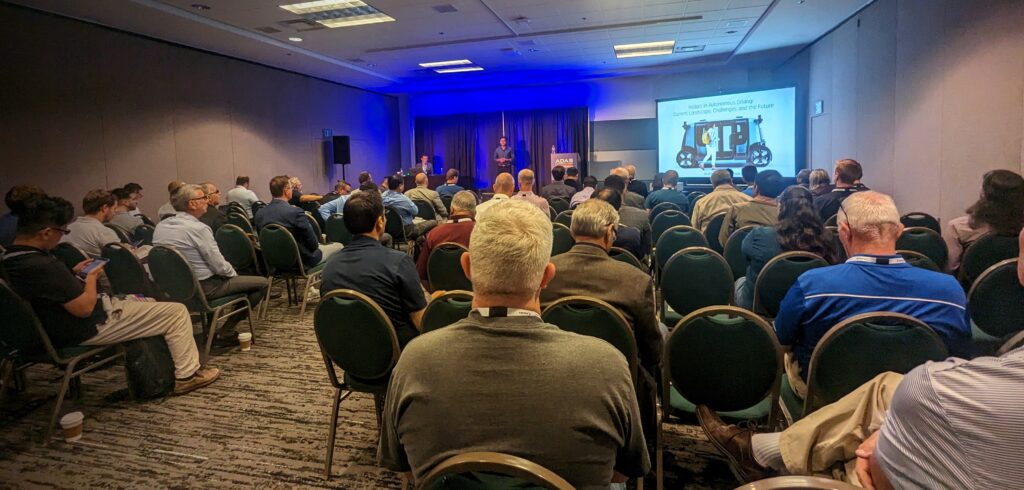The second day of the conference at ADAS & Autonomous Vehicle Technology Expo California included a thought-provoking presentation from Arvind Srivastav, a software engineer at Zoox, on the use of radars in autonomous vehicles, in which he shared his thoughts on the current landscape and challenges, and the future.
“My presentation sought to shed light on the importance of radars in autonomous driving and the challenges inherent in their use,” said Srivastav. “Radars are known for their ability to detect objects from long distances, under occlusions, and in adverse weather conditions. However, fully harnessing their full potential through deep learning methods is no easy task. Imagine trying to identify objects in a foggy environment; while the human eye might struggle, radars can ‘see’ in these conditions, but interpreting this radar data accurately presents a significant challenge.”
“One of the strategies I explore in my work and discussed during my presentation was early sensor fusion. Here, we combine radar data with information from other sensors like cameras and lidar at an early stage to achieve a more robust perception of objects in a scene. It’s like piecing together a jigsaw puzzle of scene perception, where each sensor provides different pieces. Radars might offer velocity information, lidars contribute precise shape details, and cameras add color and fine-grained class data. Together, they provide a unified detection that’s significantly more accurate and reliable than conventional late-fusion approaches. I also delved into occupancy estimation, which involves predicting where objects could be in the environment around the vehicle – essentially reconstructing the scene from sensor data and estimating which regions are safe for driving.”
Overall, Srivastav hopes conference attendees remember the importance of radar in improving safety. “Safety and reliability form the cornerstone of our envisioned autonomous driving future, and radars, with their unique capabilities and potential for continuous advancement, are set to play a crucial role in this endeavor,” he said. “Radar has been traditionally underused in perception, and what I like to work on and would like industry to do more is innovate and push the boundaries of what’s possible with radars, so that we move one step closer to making the dream of safe and reliable autonomous driving a reality.”


